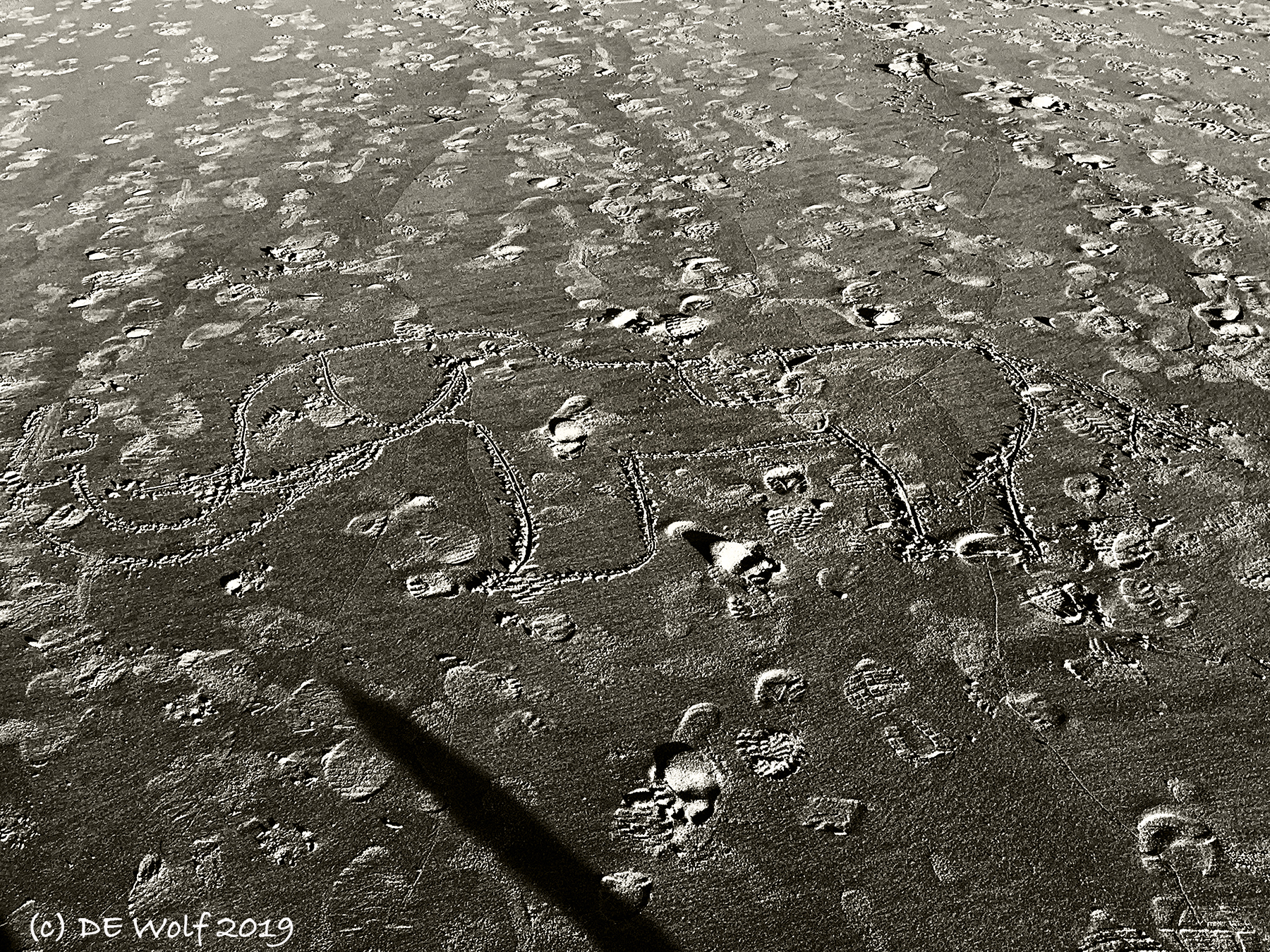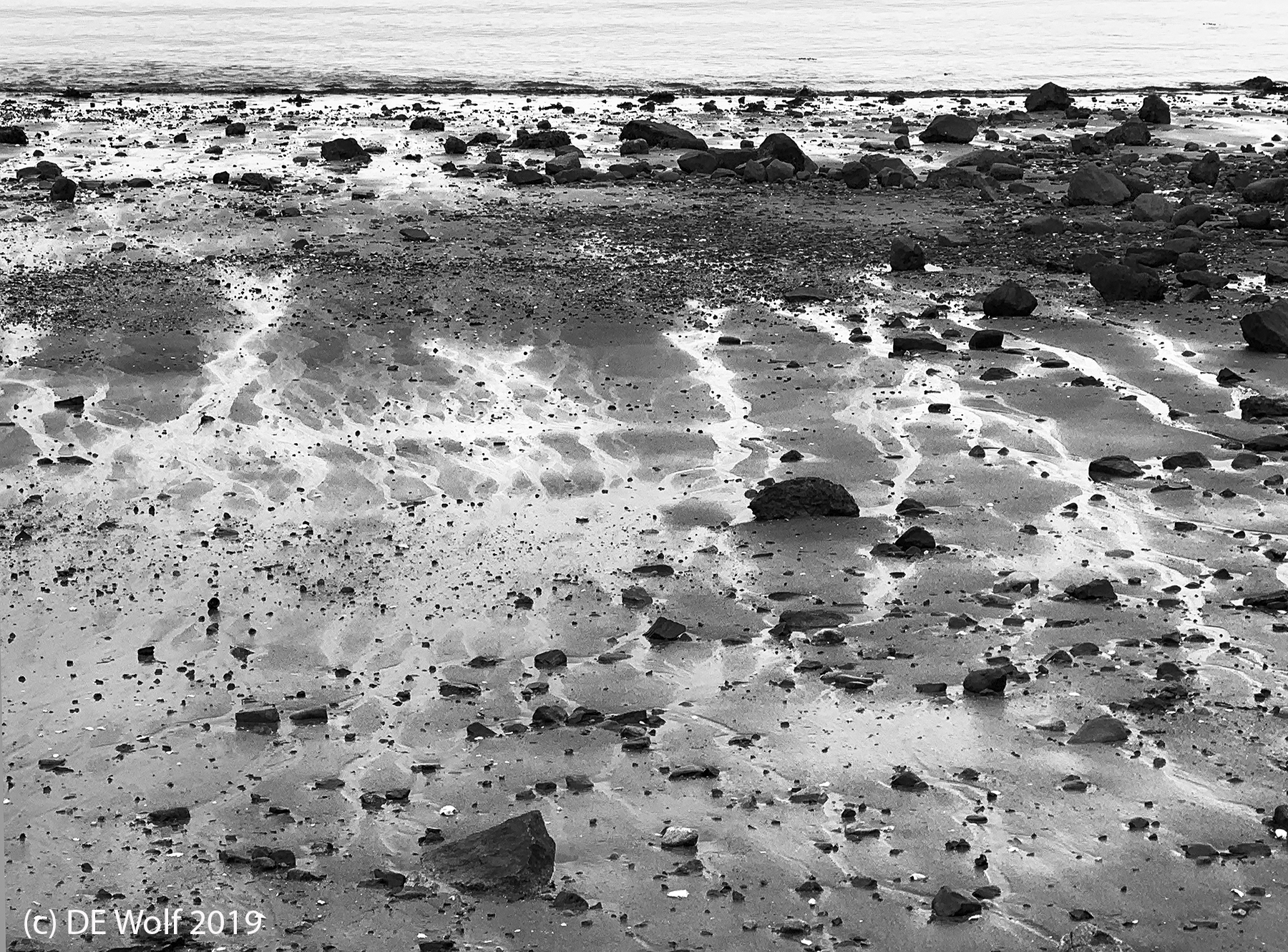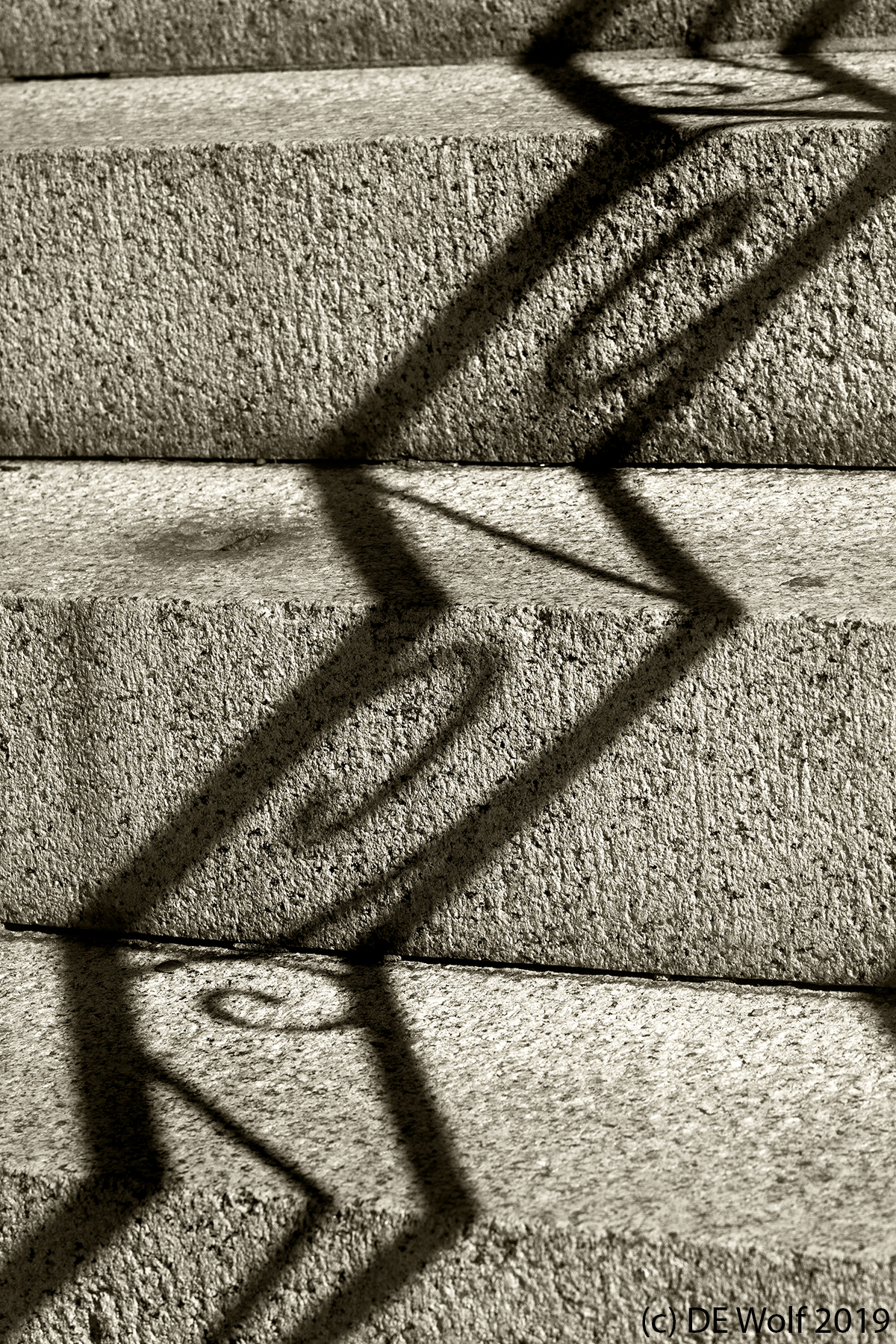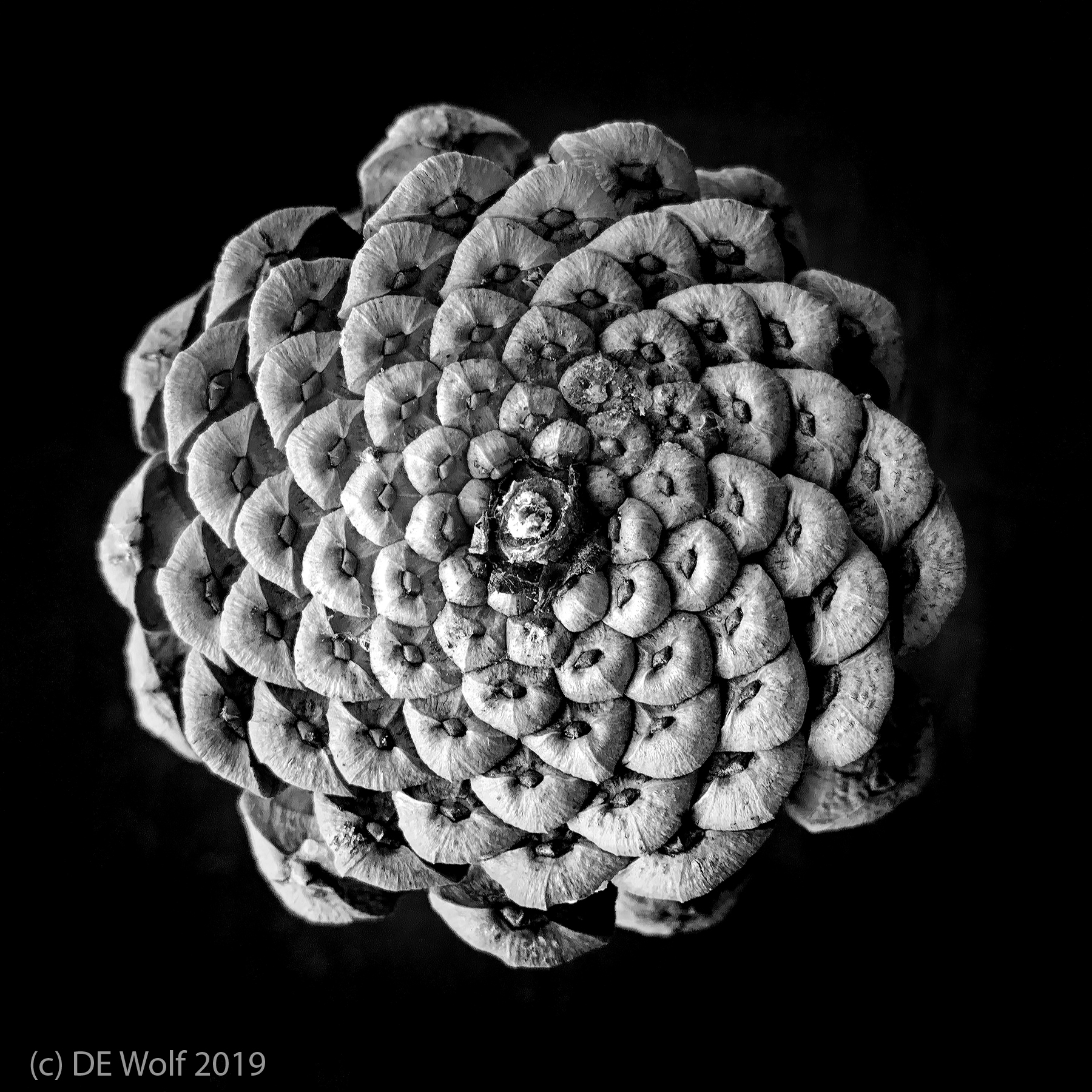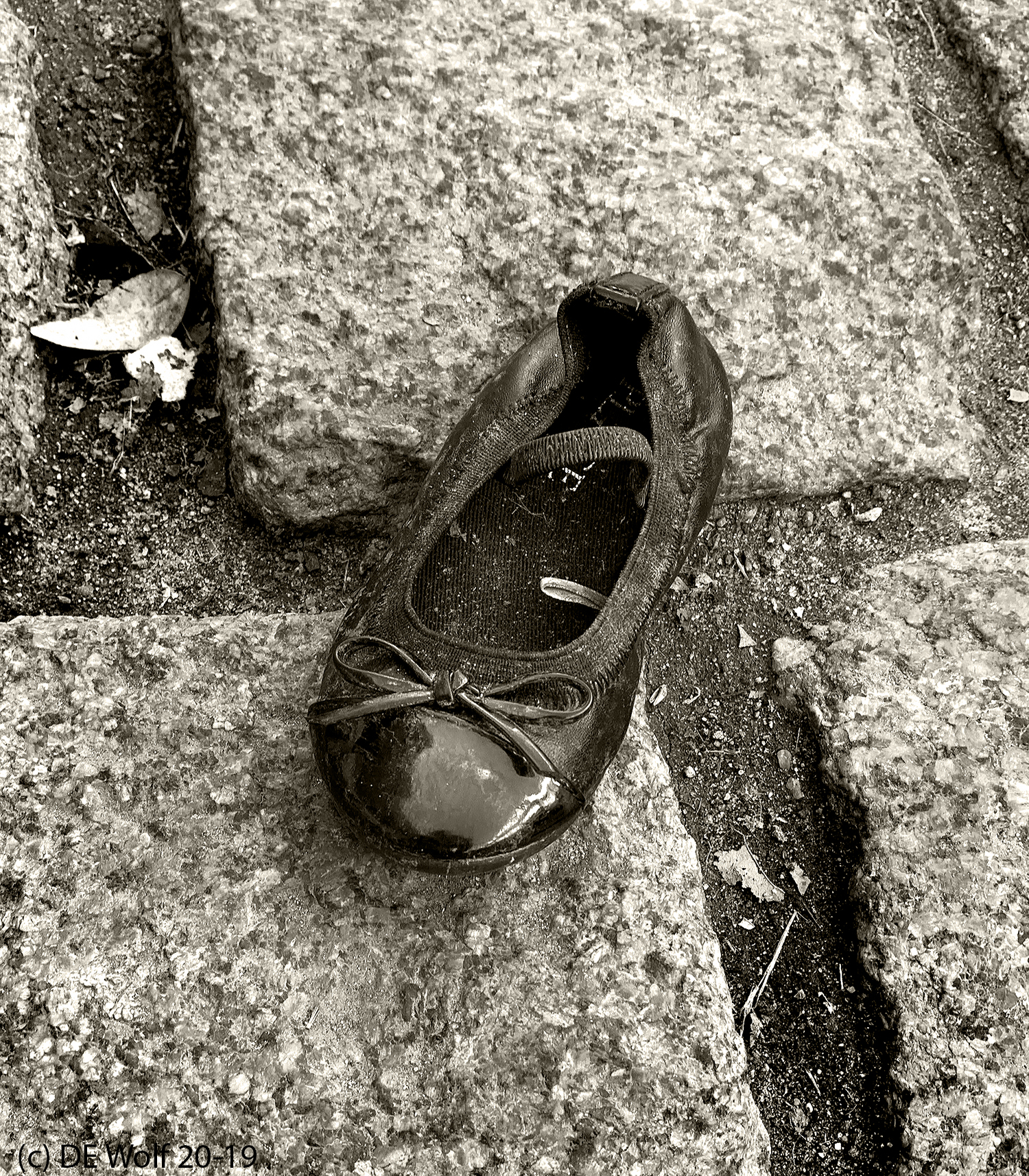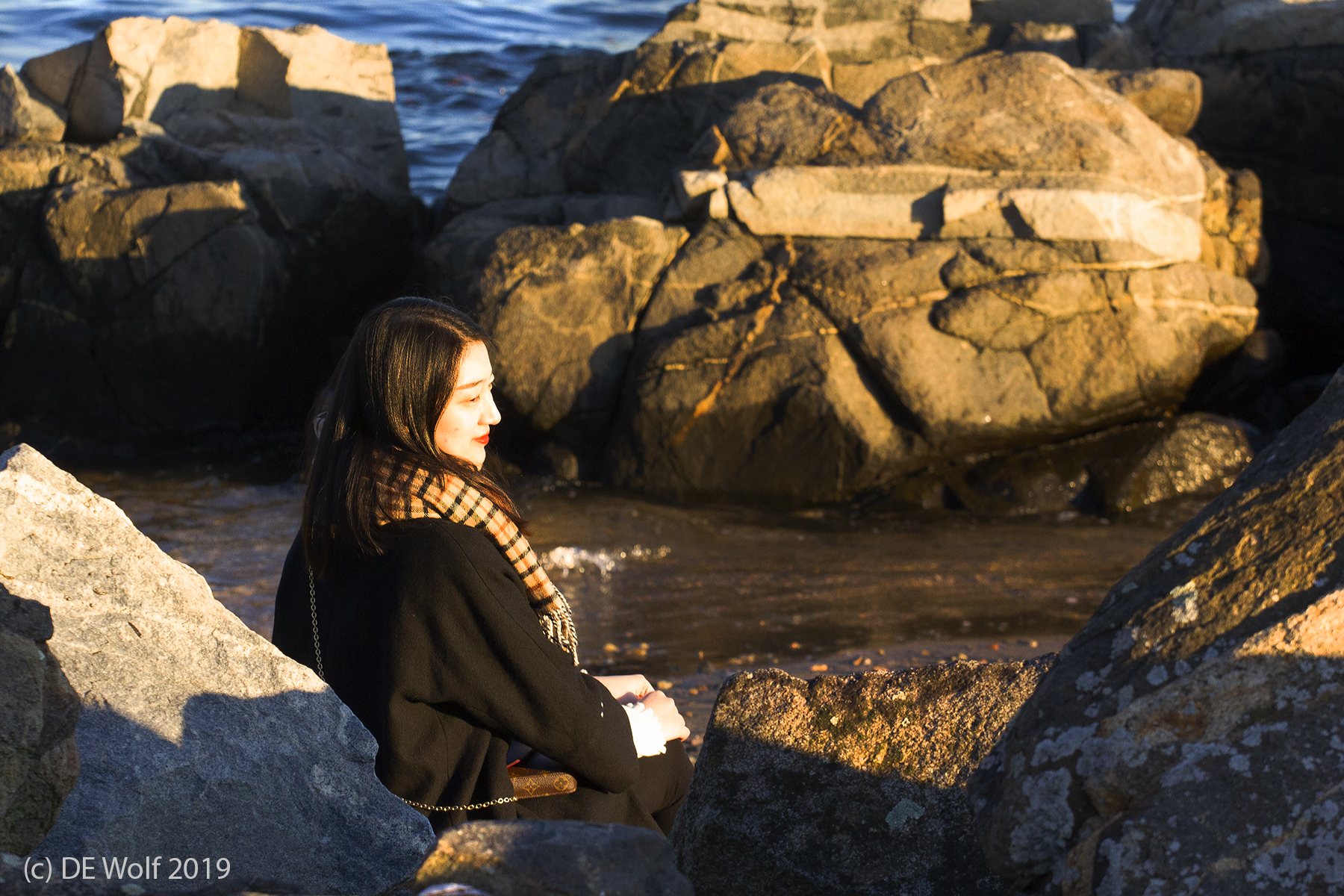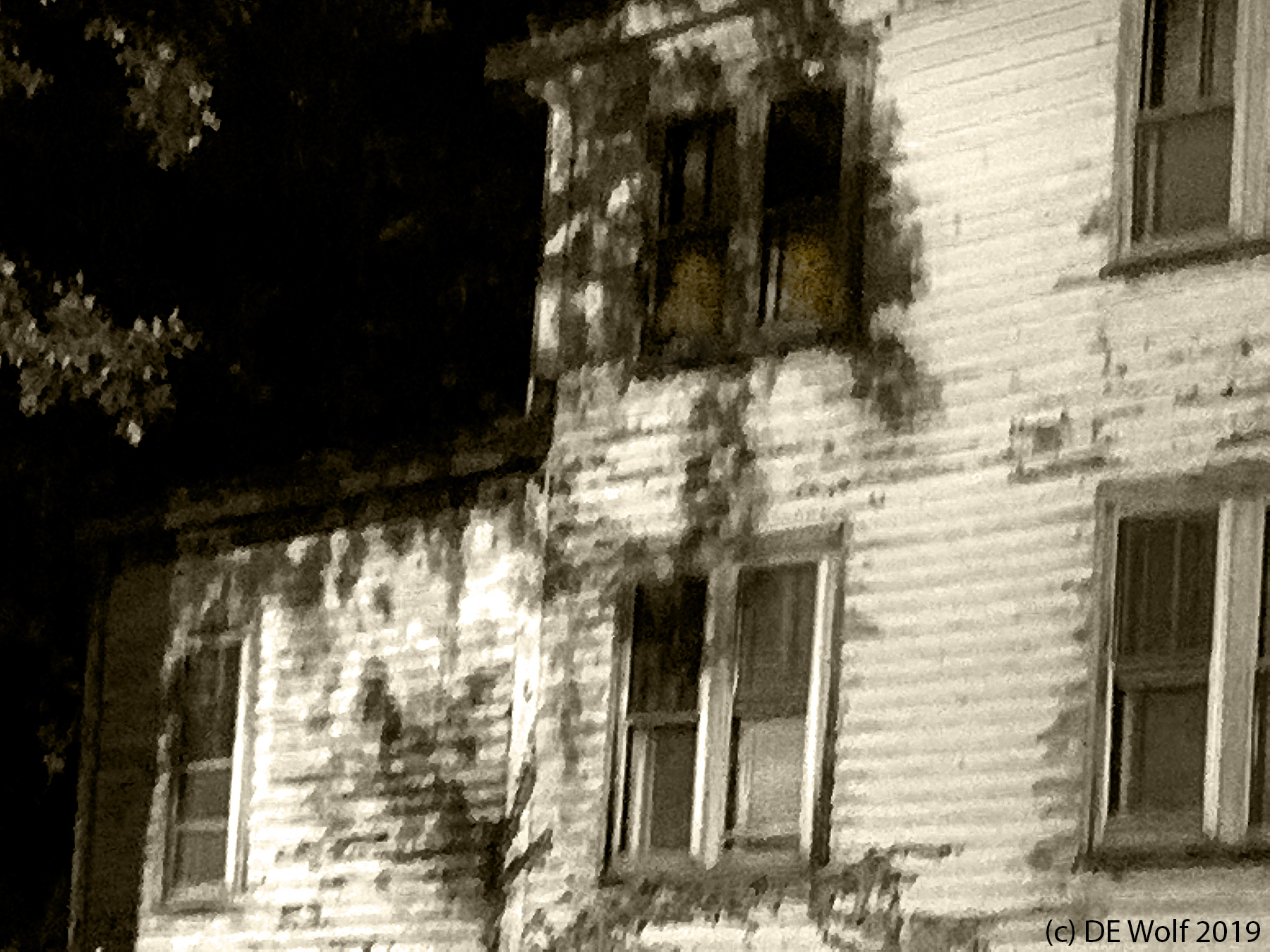Today I was going through some old images and found the photograph of Figure1, taken with my iPhone XS and not “worked-up.” It brought back memories of that wonderful afternoon walk, of about a month ago, on Crane Beach in Ipswich, MA. It is a drawing of an elephant in the sand or more zen of a Heffalump. Such images are precious jewels since they bring not just the joy of a photograph to be completed, but the wonder of the day when you first saw it and, of course, the joy of whom you were with.
These references to Winnie the Pooh, like the concept of a heffalump, are an indelible piece of our western childhoods. Indelible is meant as a paradox, because while the concept of a heffalump and its associated mystery may be indelible in our minds, there is nothing more ephemeral than a drawing in beach sand.
Pooh. piglet, and Christopher Robin opine on heffalumps. They opine not with malicious ignorance, but rather with a wishful want of knowing.
“I saw one once,” said Piglet. “At least, I think I did,” he said. “Only perhaps it wasn’t.””So did I,” said Pooh, wondering what a Heffalump was like.”You don’t often see them,” said Christopher Robin carelessly.”Not now,” said Piglet.”Not at this time of the year,” said Pooh.

